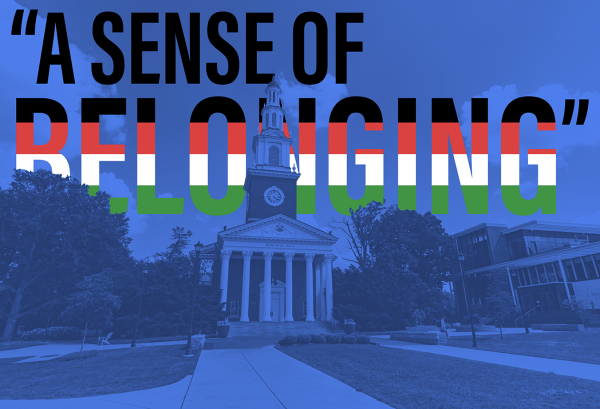Lexington must pay attention to the mayoral race in the months before the general election
May 25, 2018
Lexington’s seven-candidate mayoral race was finally narrowed down to two candidates on Tuesday. In November, voters will choose between Linda Gorton and Ronnie Bastin to replace standing Mayor Jim Gray.
Gorton served on the Lexington-Fayette Urban County Council for sixteen years and in 2010, served as the vice-mayor of Lexington. Gorton came out of retirement to run for mayor.
Bastin previously served as Lexington’s Police Chief and public safety commissioner.
While Gorton has extensive legislative experience, Bastin has a thorough understanding of the Lexington community. Voters in the primary heavily favored Gorton–she received 42 percent of the vote in the seven-way race. Bastin received 25 percent.
Of the seven candidates, only five had campaign websites–these were candidates were Linda Gorton, Ronnie Bastin, Ike Lawrence, Kevin Stinnett and Teresa Isaac. Besides Stinnett’s, each candidate’s website outlined the issues they would tackle.
A seven-way race can make it hard for voters to narrow down their preferred candidate. With the competitive primary race, a variety of issues dominated the various forums held and advertisements made by the candidates. Each candidate, whether on his or her website, in a forum or interview talked about managing a growing Lexington, supporting business and finding solutions for the opioid epidemic.
While the race for mayor is non-partisan, one candidate’s policies came across as quite partisan. On Lawrence’s website, a key issue is to paint over the rainbow sidewalks in downtown Lexington. In a forum, he has also expressed interest in instating a “stop and frisk” policy in more crime-ridden neighborhoods, as well as banning baggy pants. As Lexington’s population is mostly liberal, Lawrence’s more right-wing ideas placed him in fifth place in the results, behind Stinnett who lacked information about his campaign on his website.
Gorton, Bastin and Isaac were the top three candidates and with good reason—they had well organized websites and had campaign issues that resonated more with Lexington’s relatively liberal demographic. However, only the top two advanced, so the question is, what sets Gorton and Bastin apart? Their websites provide ample information on their views and a simple google search yields their political affiliations.
Both candidates wish to keep the urban-service boundary where it is at, which means they would not expand the physical area of jobs and businesses in Lexington. Expanding it (in theory) would attract more new businesses and provide more tax revenue as well, but again, both candidates are hesitant about such a move.
They both want to attract more business and create more jobs, but Gorton wants to attract more specific types of jobs. She believes Lexington needs to expand on the healthcare industry.
Bastin focused on how the city could work with local businesses to make it easier for them to succeed.
Gorton and Bastin also have plans to tackle the opioid epidemic as well as ideas on how to accommodate minorities in Lexington. Gorton focused on job-training programs for minorities, while Bastin focused on the cultural aspect. He believes that Lexington needs more cultural events to ensure that people here feel welcome and included.
Many University of Kentucky students will be voting this November. Once they come back from summer break, they should be informed of the issues. How will the push to expand healthcare jobs affect UK? Will UK’s demographics be taken into account when creating new cultural programs? We don’t yet know the answers to these questions, but there are still a few months left until the election.
Watch the candidate’s campaigns and really listen to the issues—it matters who is mayor!



















































































































































